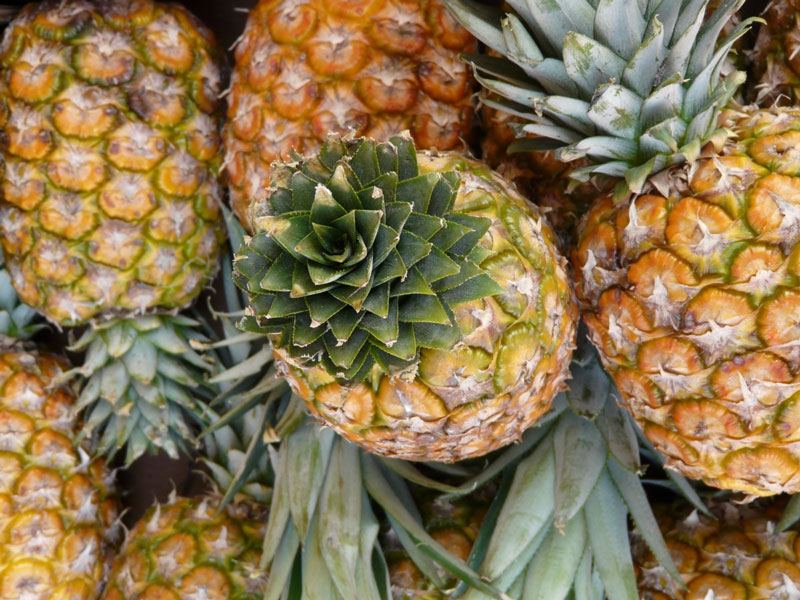How the global economy influences the country’s commercial activity, what happens with the main exports, and what could happen in the near future due to external factors.
The global situation has repercussions in various aspects that directly or indirectly affect countries, and exports are no exception. If we look back in time, we can mention some factors that have influenced (and continue to influence) Costa Rica’s current situation: COVID-19 and post-recovery, the unusual increase in inflation in the United States (the country’s major trading partner for both imports and exports), the war between Ukraine and Russia, and the escalation of the conflict between Israel and Hamas in Gaza.
It is inevitable not to think about the concerns generated worldwide by this complex and complicated context, including uncertainties regarding the global economy and its impact on the commercial, industrial, and fiscal spheres, affecting global financial stability and multiple sectors.
Export Numbers in Costa Rica
Medical instruments and devices (such as machines, syringes, needles, catheters, prosthetics, etc.) and fruits like pineapples and bananas lead the country’s exports.
According to the Foreign Trade Promoter (Procomer), from January to September 2023, Costa Rica recorded a total of 13,633 million colones (about 24.28 million euros) in goods exports. This represented a 17% growth compared to the same period in 2022.
The country’s value proposition allows growth in both free trade zones (led by medical devices) and outside them, linked to national micro, small, and medium-sized enterprises. Notable increases include 30% in precision and medical equipment, 11% in the agricultural sector, 4% in the food industry, 17% in the chemical and pharmaceutical sector, 22% in electrical and electronic, 13% in metal mechanics, 9% in plastics, and 2% in livestock and fisheries.
Moreover, the country maintains its frequency of exporting pineapples to Israel, sending 4 to 5 containers by sea and 10 to 15 tons by air. To provide perspective, in 2022, exports to Israel represented 0.09% of total exports.
Additionally, according to Procomer, foreign direct investment attraction reached $1.9 billion during the first half of 2023, thanks to a 76% reinvestment of profits.
What factors could impact Costa Rica’s international trade dynamics?
Although it’s impossible to predict what may happen in the short and long term, the global outlook is currently complex due to many external factors.
Possible factors affecting exports include rising costs, higher interest rates, increased cargo insurance, delayed delivery of goods, internal protection by states causing disruptions, a decline in commercial dynamics, and currency depreciation.
Even maintaining close diplomatic and cooperative ties, geopolitical issues can influence trade relationships. While current events are localized, a cascading effect impacting the global level cannot be ruled out.
Adapting to ever-changing circumstances not only requires being informed and knowing the right steps to take but also being advised by a team of experts in the field.





